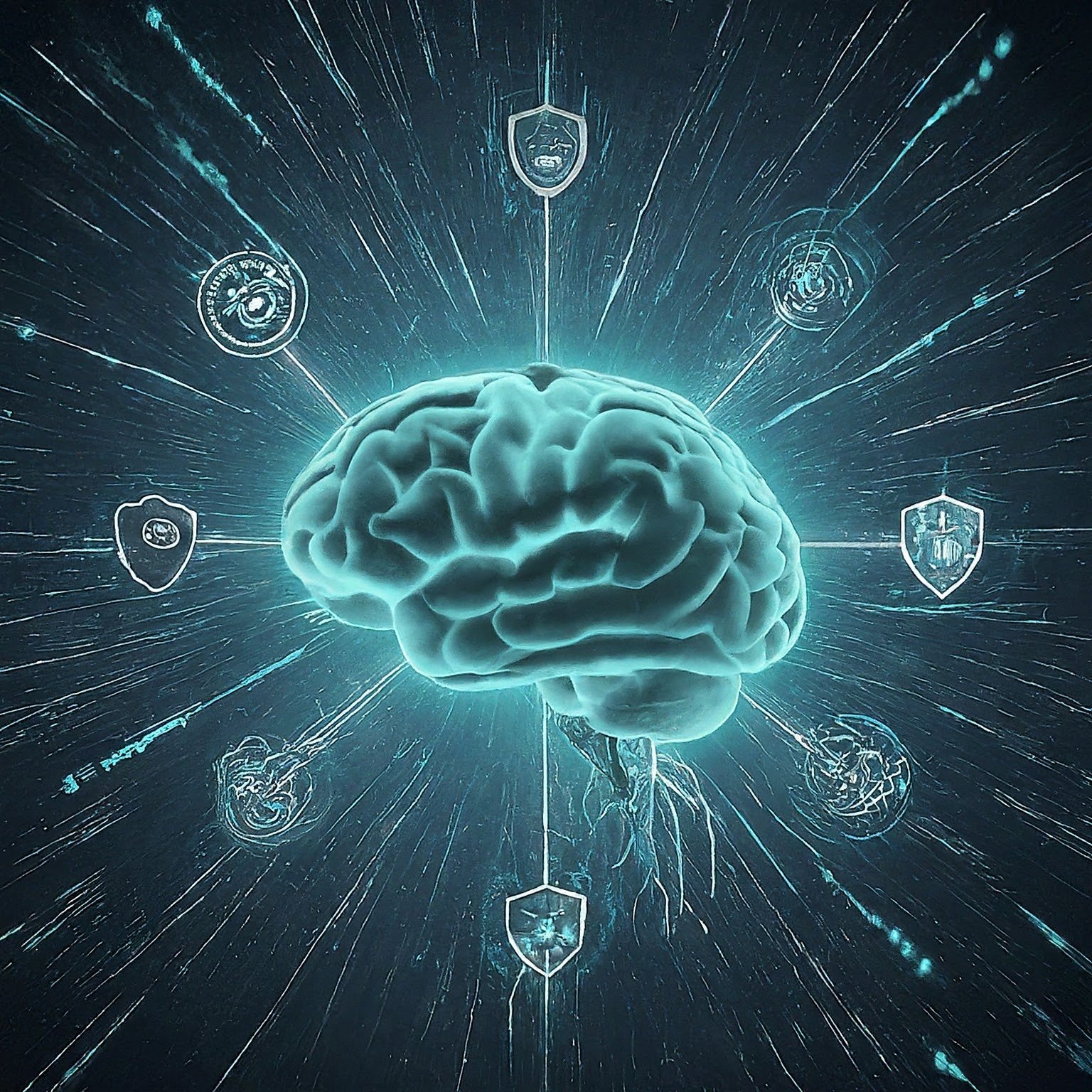In today’s digital age, cybersecurity is a top priority for organizations worldwide. With the increasing complexity and frequency of cyberattacks, traditional security measures are often insufficient. Enter Artificial Intelligence (AI), a powerful ally in the fight against cyber threats. This blog delves into the transformative role of AI in cybersecurity, exploring its benefits, challenges, and real-world applications, while also providing practical insights and recommended tools.
Understanding AI in Cybersecurity
Artificial Intelligence, at its core, refers to the simulation of human intelligence by machines. In cybersecurity, AI leverages machine learning (ML), natural language processing (NLP), and other advanced technologies to identify, analyze, and respond to cyber threats in real-time.
The Benefits of AI in Cybersecurity
- Enhanced Threat Detection: AI can process vast amounts of data at lightning speed, identifying patterns and anomalies that may indicate a cyber threat. Unlike traditional methods, AI continuously learns and adapts, improving its detection capabilities over time.Example: Darktrace, a leading AI cybersecurity firm, uses ML algorithms to detect unusual behavior within a network, such as unauthorized access or data exfiltration. By learning what constitutes “normal” network activity, Darktrace can quickly identify and mitigate potential threats.
- Rapid Incident Response: AI-powered systems can automatically respond to certain types of attacks, reducing the response time from hours or days to mere seconds. This swift action is crucial in minimizing damage and preventing the spread of malware.Example: IBM’s QRadar Advisor with Watson integrates AI to automate threat investigation, providing security analysts with actionable insights and recommended responses. This reduces the workload on human analysts and speeds up the resolution of security incidents.
- Proactive Threat Hunting: AI can predict and prevent potential threats before they materialize. By analyzing historical data and current trends, AI systems can identify vulnerabilities and recommend preemptive measures.Example: CylancePROTECT uses AI to predict and block malware by analyzing its DNA, rather than relying on traditional signature-based methods. This proactive approach helps organizations stay ahead of emerging threats.
Real-World Applications of AI in Cybersecurity
- Phishing Detection and Prevention: Phishing attacks remain one of the most common and damaging cyber threats. AI can analyze email content, URLs, and sender information to identify and block phishing attempts in real-time.Example: Google’s AI-powered spam filter in Gmail effectively detects and filters out phishing emails, protecting users from malicious links and attachments.
- Behavioral Analysis and Anomaly Detection: AI monitors user behavior and detects deviations from established patterns, which could indicate a compromised account or insider threat.Example: Vectra AI uses behavioral analysis to detect anomalies in network traffic, such as unusual data transfers or login attempts from unfamiliar locations, helping to identify potential security breaches.
- Automated Security Orchestration: AI can integrate with various security tools to automate workflows and responses, enhancing the overall efficiency and effectiveness of security operations.Example: Palo Alto Networks’ Cortex XSOAR (Security Orchestration, Automation, and Response) platform uses AI to automate incident response tasks, allowing security teams to focus on more strategic activities.
Challenges and Ethical Considerations
While AI offers significant benefits, it also presents challenges and ethical considerations that must be addressed:
- False Positives and Negatives: AI systems are not infallible and can generate false positives (incorrectly identifying benign activities as threats) or false negatives (failing to identify actual threats). Continuous tuning and validation are required to minimize these errors.Example: A financial institution implemented an AI system to detect fraudulent transactions. Initially, the system flagged numerous legitimate transactions as fraud, causing inconvenience to customers. Over time, the system was refined to improve accuracy, but the incident highlights the importance of careful calibration.
- Data Privacy and Security: AI systems rely on vast amounts of data to function effectively. Ensuring the privacy and security of this data is paramount, as any breach could have severe consequences.Example: A healthcare provider using AI to analyze patient data must implement stringent data protection measures to comply with regulations like GDPR and HIPAA and to maintain patient trust.
- Bias and Fairness: AI systems can inherit biases from the data they are trained on, leading to unfair or discriminatory outcomes. It’s crucial to ensure that AI algorithms are transparent and fair.Example: An AI-driven hiring tool used by a tech company was found to favor male candidates over female candidates due to biased training data. The company had to revise its approach to eliminate bias and promote fairness.
Recommended AI Tools for Cybersecurity
- Darktrace: Uses ML to detect and respond to threats in real-time.
- IBM QRadar Advisor with Watson: Integrates AI to automate threat investigation and response.
- CylancePROTECT: Uses AI to predict and block malware.
- Vectra AI: Provides behavioral analysis and anomaly detection.
- Palo Alto Networks Cortex XSOAR: Automates incident response tasks using AI.
Conclusion
The integration of AI in cybersecurity marks a significant leap forward in protecting digital assets. By enhancing threat detection, speeding up incident response, and proactively hunting for threats, AI empowers organizations to stay one step ahead of cybercriminals. However, it is crucial to address the challenges and ethical considerations associated with AI to harness its full potential responsibly. As we continue to navigate the digital landscape, AI will undoubtedly play an increasingly vital role in shaping the future of cybersecurity.
In a world where cyber threats are constantly evolving, AI offers a beacon of hope, providing the tools and capabilities needed to safeguard our digital lives. Embrace the rise of AI in cybersecurity and join the fight against cybercrime with cutting-edge technology and unwavering vigilance.

